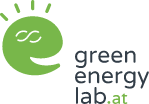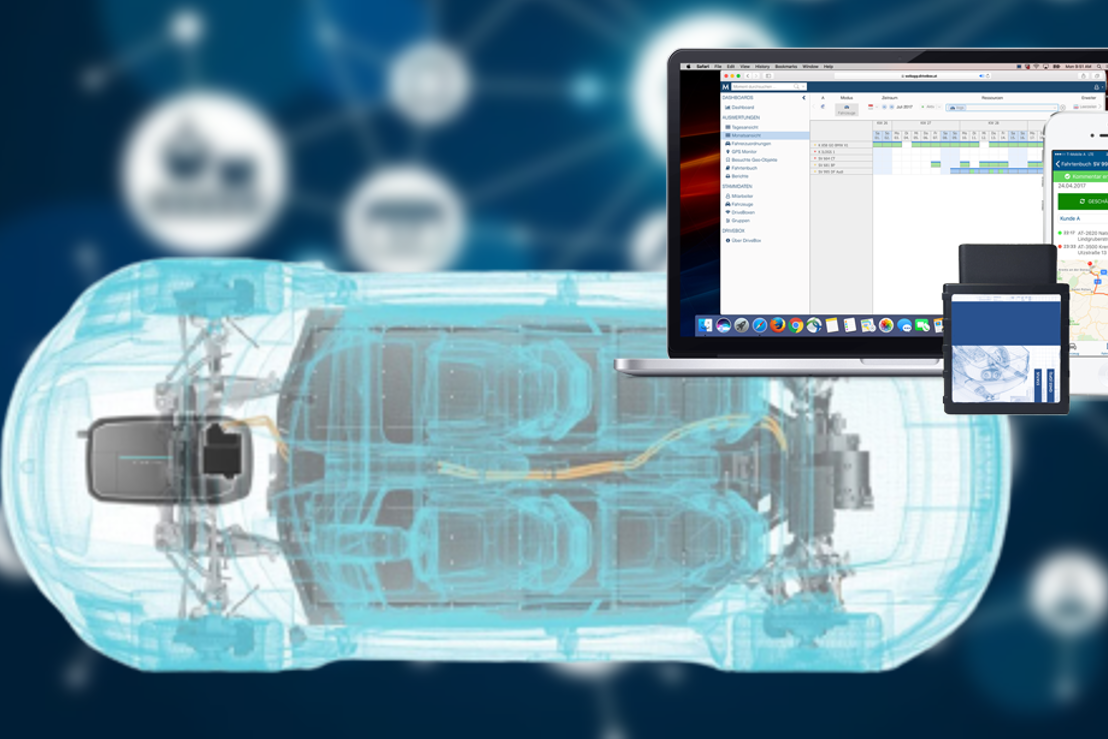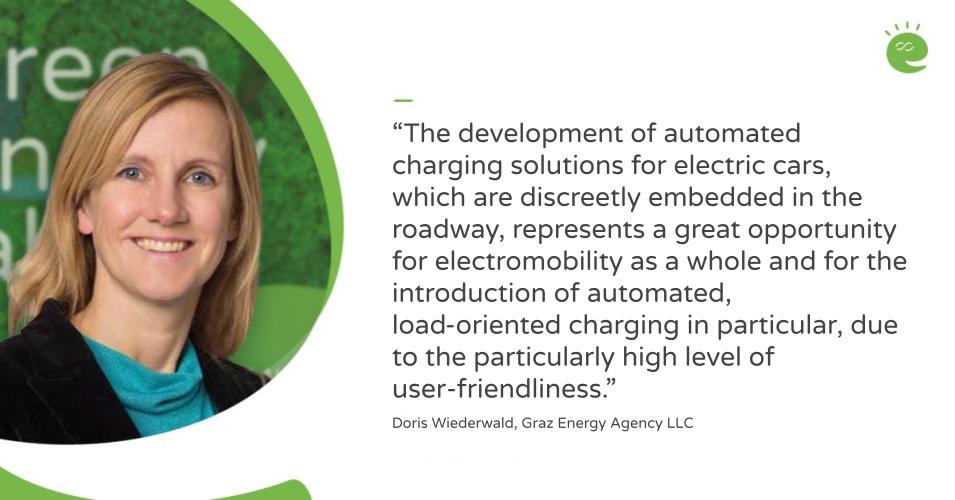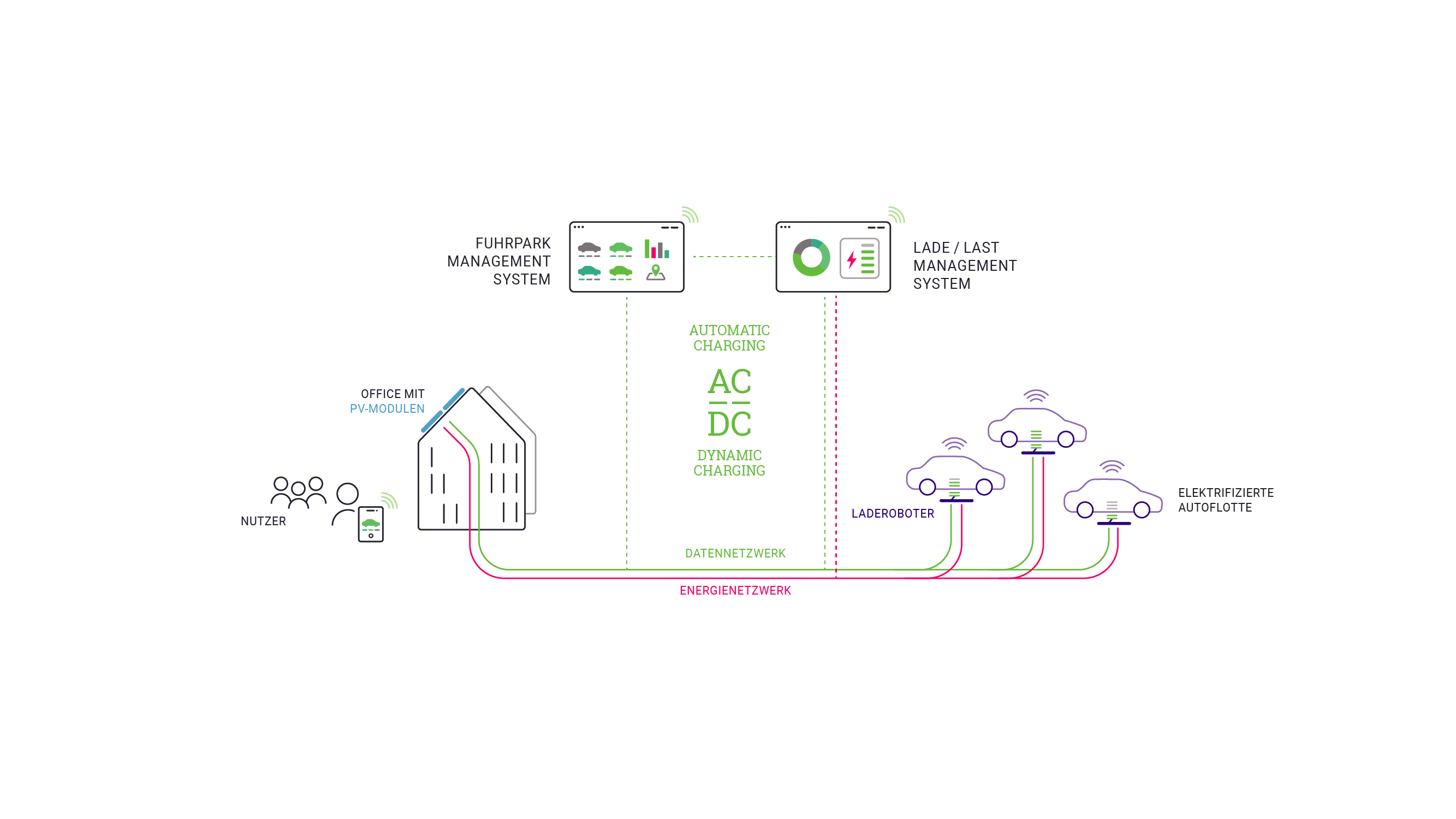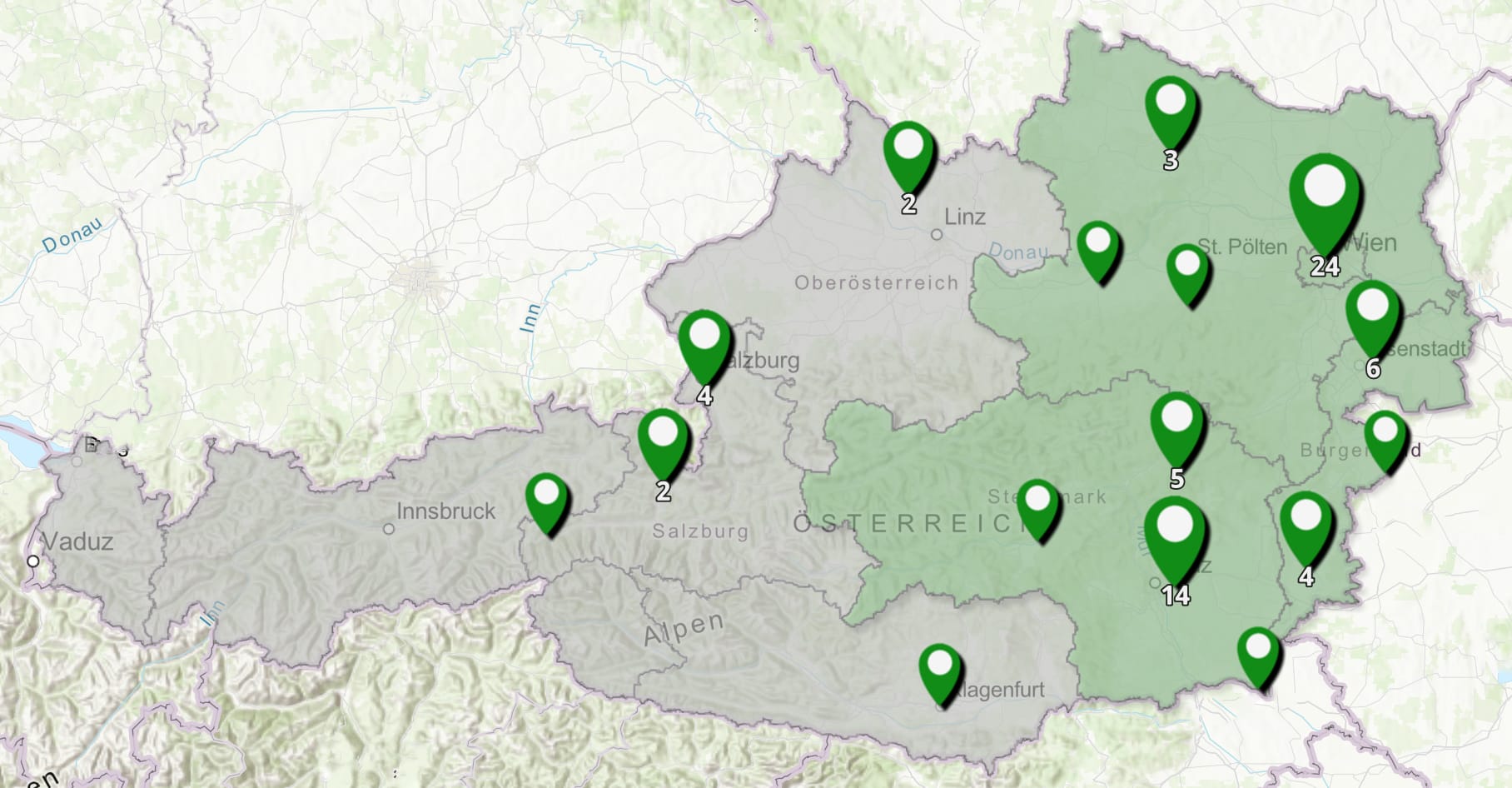AC/DC
Increasing the attractiveness of e-vehicles and reducing emissions through networked and automated charging devices
The energy transition does not stop at companies either. Company fleets are increasingly being converted to e-vehicles and the energy required on a daily basis is increasingly being produced locally and decentrally directly on the company premises, e.g. using our own photovoltaic system. These developments bring economic and ecological advantages on the one hand, but on the other hand they pose the challenge of networking the individual subsystems – energy generation, charging management and fleet management – in such a way that efficient, automated fleet management is created. The Green Energy Lab project AC / DC was facing up to this challenge.
Increasing the attractiveness of e-vehicles and reducing emissions through networked and automated charging devices
For the success of innovative and holistic fleet management, automated charging solutions for e-vehicles were developed in the AC / DC project. The integration into the energy network took place by means of load, fleet and charging management systems. The automated charging robots used for this purpose offer users a high level of operating convenience, such as the automatic connection of the e-vehicle to the charging device and the connection to the necessary communication interfaces of the management software. The technology in the charging device also enables wireless communication with the vehicle. This means that the charging robot recognizes at any time when a suitable vehicle is within its range and automatically carries out the charging process. The networked charging devices and the energy supply are coordinated using an algorithm, depending on the energy available from the local generation system and the required fleet parameters. The central coordination of the subsystems increases the proportion of self-consumption of generation systems, for example photovoltaic systems, which helps to relieve the power grid. The overall concept thus promotes a more efficient use of renewable energy and subsequently increases the attractiveness of the use of electric vehicles for several target groups (companies, car sharing, taxis, private customers). The expectation was a reduction in greenhouse gas emissions and cost savings for the operator.
After analyzing the technical, organizational, legal and customer-specific requirements for automated fleet management, the test of the derived prototype concept (hardware + software) took place on the premises of Energie Graz under real conditions. The optimization took place in the course of the project.
The following model solutions were being developed in the AC/DC project:
AUTOMATED CHARGING OF E-VEHICLES
AUTOMATED CHARGING MANAGEMENT
Media reports on the project
E-mobility - the traffic of tomorrow
The automotive industry needs to start a radical process of rethinking and electromobility offers a possible solution. This is where the Green Energy Lab comes in with a new thematic focus and the projects it houses to help shape the future of e-mobility.
To the articleContinental develops fully automated charging robot for electric vehicles together with Volterio – Continental AG
Innovative technology for automatic refueling is simple and convenient. First near-series charging robot systems planned for 2022. Charging robot initially for use in private garages - later also in public spaces
To the article